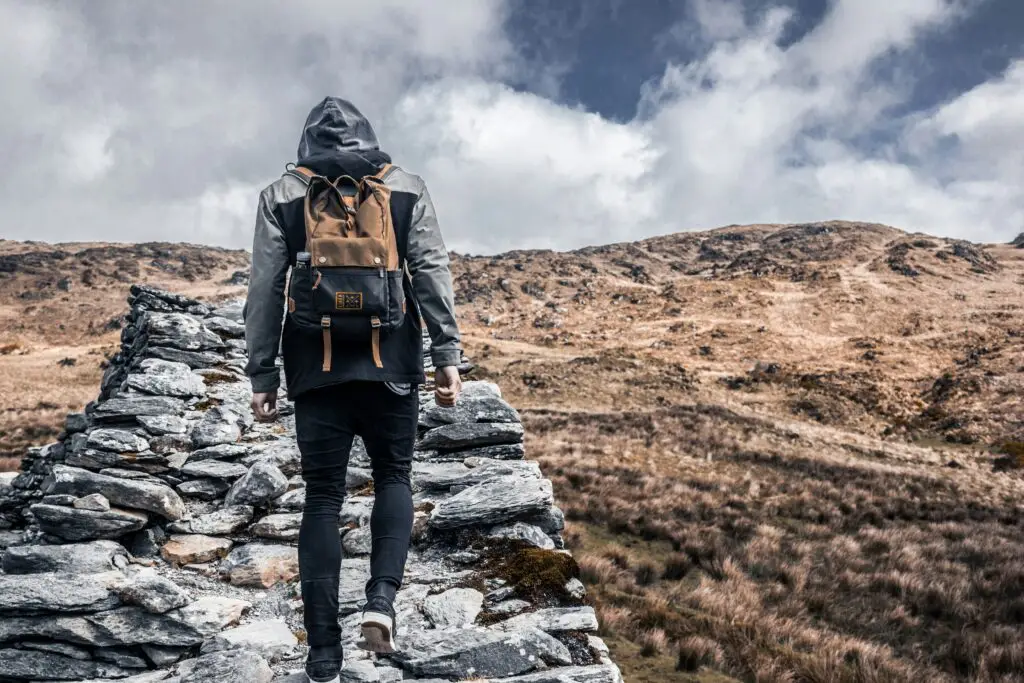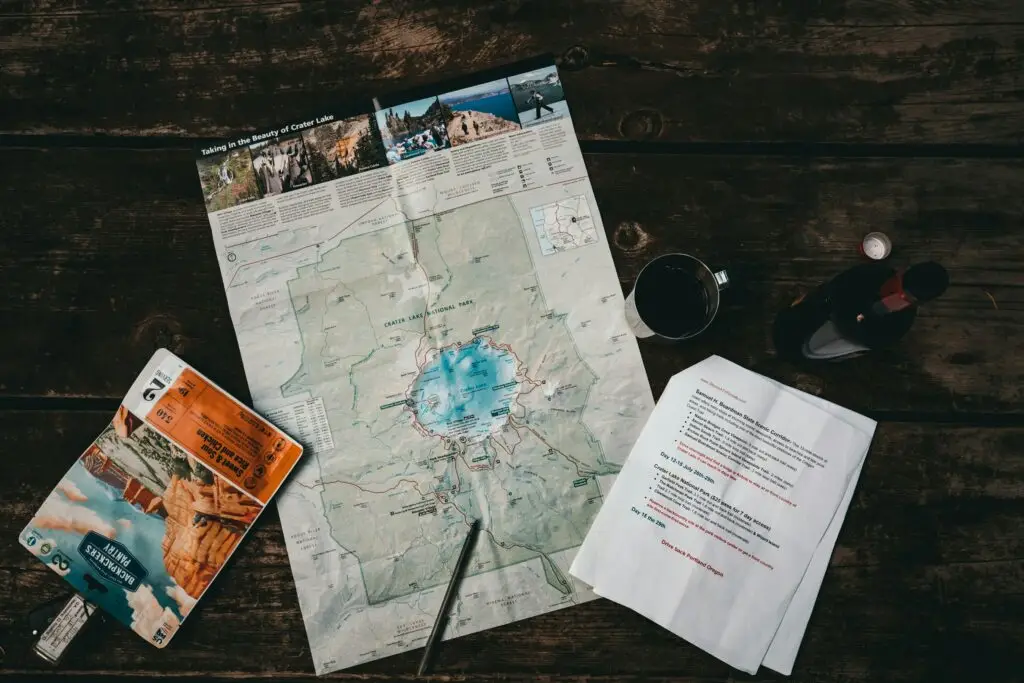Backpacking is an incredible way to explore the world, connect with nature, and challenge yourself both physically and mentally. Whether you’re heading into the mountains for a weekend or embarking on a months-long journey, proper preparation is key. This guide covers essential backpacking tips, must-have gear, and how to stay safe and comfortable on the trail.
Some of the links in this post are affiliate links, which means we may earn a small commission if you make a purchase through them at no extra cost to you.

Backpacking Basics: What You Need to Know
Before you set off on your adventure, understanding the fundamentals of backpacking can make all the difference.
- Plan Your Route: Research trails, check weather conditions, and be aware of potential hazards.
- Pack Light but Smart: Carry only what you need to minimize weight while ensuring you have all essentials.
- Know Your Limits: Choose a trail that matches your fitness level, and don’t push yourself too hard.
- Stay Hydrated and Fueled: Bring plenty of water and high-energy snacks to keep you going.
- Follow Leave No Trace Principles: Respect nature by packing out your trash and leaving the environment as you found it.

Essential Gear for Backpacking
Investing in high-quality gear can make your trip safer and more enjoyable. Here are some key items every backpacker should carry:
1. A Durable Backpack
A well-fitting backpack is crucial for carrying all your gear comfortably. Look for an ergonomic design with adjustable straps and ample storage. Features like hip belts and ventilated backs help distribute weight and reduce strain on your shoulders.
- Recommended Product: This top-rated backpack is designed for comfort and weight distribution, making long hikes easier on your body.
- NOT YOUR BASIC BACKPACK: Feature rich at this price point; Comfort and balanced backpack for men and women.
- TETON TOUGH: The best memories are made with the great durable gear; Perfect for any Adventure; comes in 65L, 75L or 85L…
- CUSTOM COMFORT: Multi position torso adjustment fits medium and tall adventurers; Durable open-cell foam lumbar pad and …
2. Lightweight Sleeping System
Your sleeping bag and sleeping pad should be lightweight yet warm and comfortable. Look for materials that insulate well and compress easily. A good sleeping system includes:
A sleeping pad for cushioning and insulation from the cold ground. Inflatable pads offer better comfort, while closed-cell foam pads are lightweight and durable.
A sleeping bag rated for the expected temperature range. Down insulation offers superior warmth-to-weight ratio, while synthetic options perform better in wet conditions.
3. Quality Hiking Boots
Blisters and sore feet can ruin a trip. Choose waterproof, well-cushioned hiking boots with good ankle support. Break them in before your trip to avoid discomfort on the trail.
- Recommended Product: These boots offer excellent grip, durability, and comfort, making them a great investment for any backpacker.
4. Food and Cooking Gear
Dehydrated meals, energy bars, and a lightweight cooking stove are essentials for longer trips. A small portable stove ensures you can prepare hot meals on the go.
Food storage: Use odor-proof bags or a bear canister in bear-prone areas to keep wildlife away.
Backpacking stove: Look for a compact, fuel-efficient model like the Jetboil Flash, which boils water in under two minutes.
Lightweight cookware: A small titanium pot and a spork are all you need for most meals.
5. Navigation Tools
Even in today’s digital age, a physical map and compass are crucial backup tools in case GPS devices fail.
Personal Locator Beacon (PLB): Devices like the Garmin inReach Mini can send emergency signals when out of cell range, providing an added layer of safety.
GPS apps: While phone apps are convenient, always carry a paper map and know how to use a compass.

6. First Aid Kit and Emergency Essentials
A compact first aid kit, multi-tool, headlamp, and emergency blanket are must-haves for safety. Customize your kit based on your trip length and personal needs.
Emergency gear: A whistle, signal mirror, and fire starter can be lifesavers in case of unexpected situations.
First aid kit: Include blister pads, antiseptic wipes, bandages, pain relievers, and any personal medications.
Multi-tool: A lightweight multi-tool with a knife, scissors, and pliers can be incredibly useful.
Headlamp: Choose a lightweight, waterproof model with adjustable brightness.
Pro Tips for a Successful Backpacking Trip
- Train Before You Go: Strengthen your legs and core to prepare for long hikes with a loaded backpack.
- Test Your Gear: Try out your backpack, boots, and other equipment before heading into the wild.
- Layer Your Clothing: Weather can change quickly, so pack moisture-wicking base layers, an insulating mid-layer, and a waterproof outer shell.
- Start Early: Set out early in the day to cover more ground while avoiding the afternoon heat.
- Be Wildlife Aware: Store food properly and understand local wildlife precautions.

Final Thoughts
Backpacking is an incredible experience that offers adventure, solitude, and a deep connection with nature. With the right preparation and gear, you’ll set yourself up for a safe and rewarding journey.
Are you ready to hit the trail? Let us know your favorite backpacking destination in the comments! And don’t forget to follow us on Pinterest and Instagram for more outdoor tips and gear recommendations!
Affiliate Disclosure
Some links in this post are affiliate links. This means we may earn a small commission if you purchase through them—at no extra cost to you. This helps support our content. Thank you for your support!



